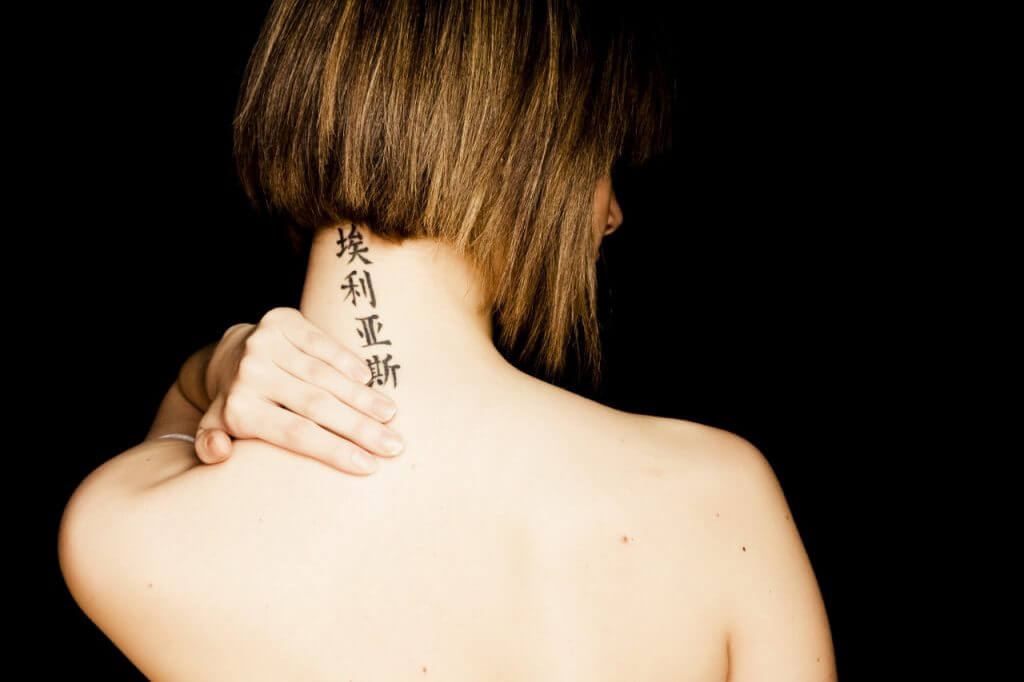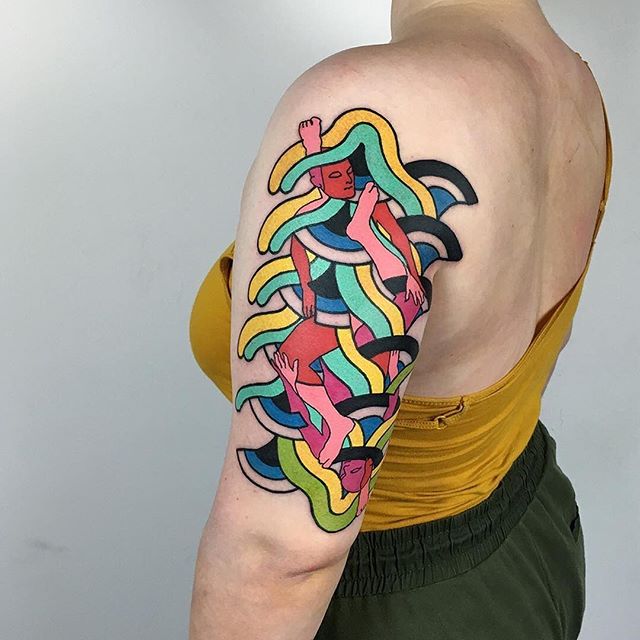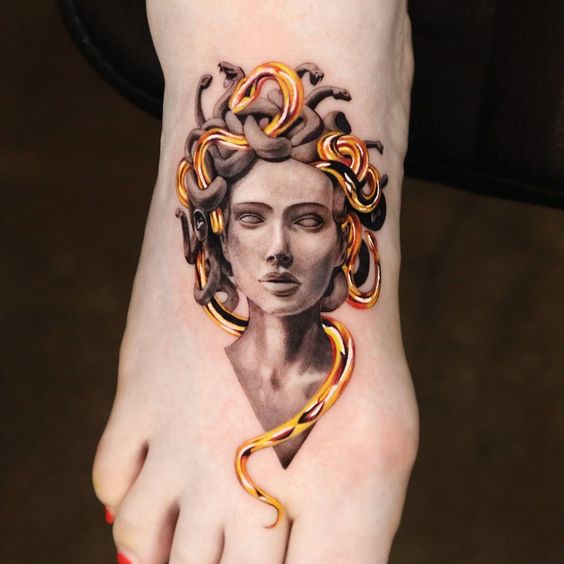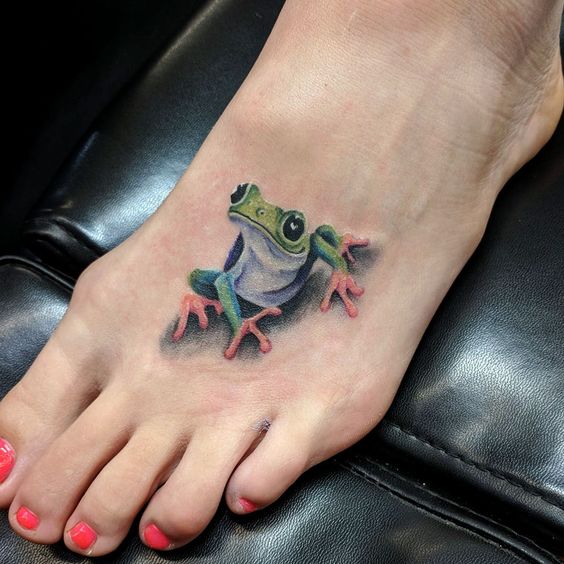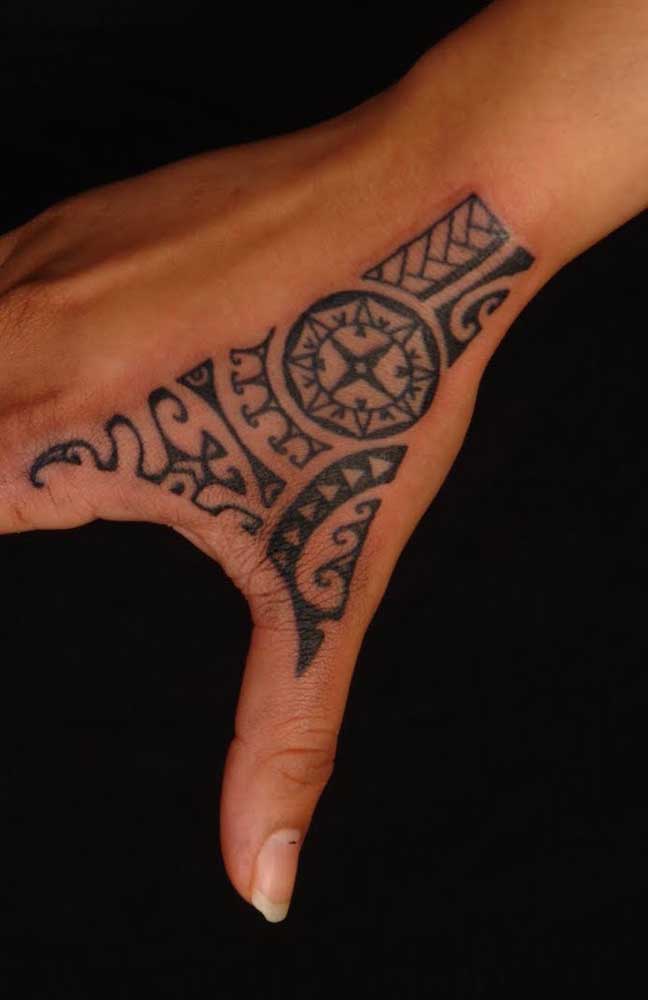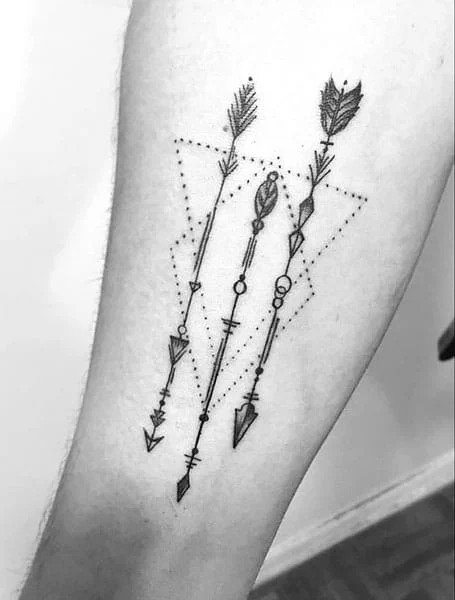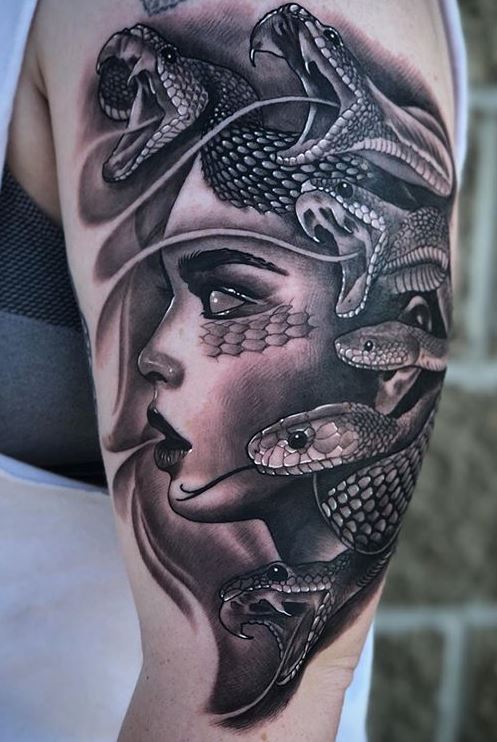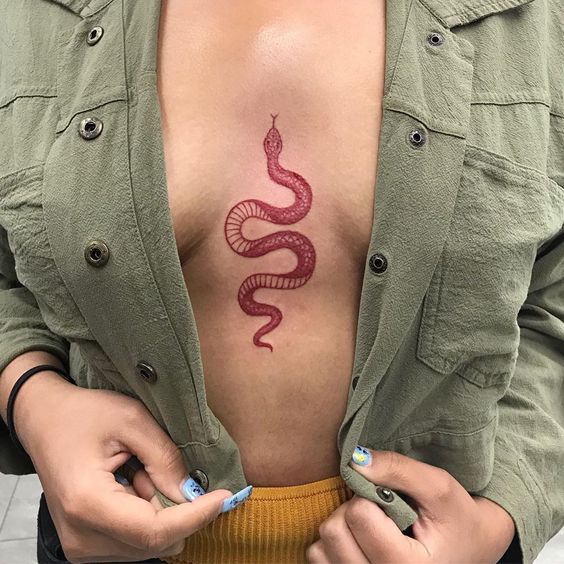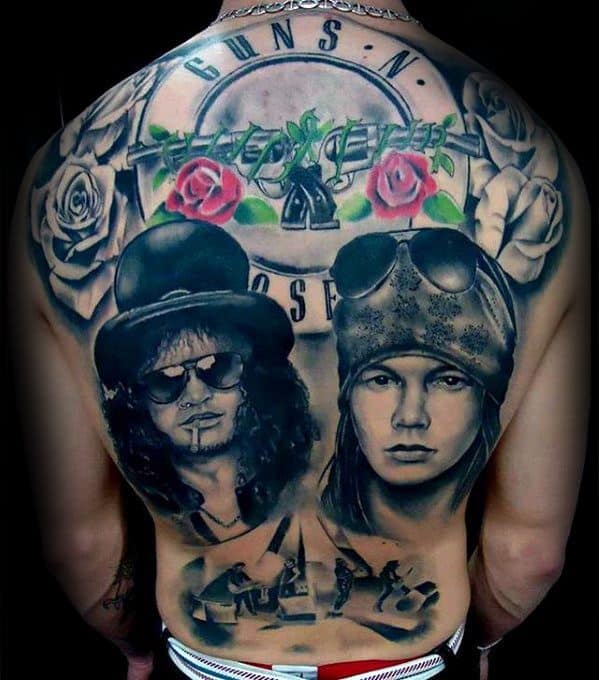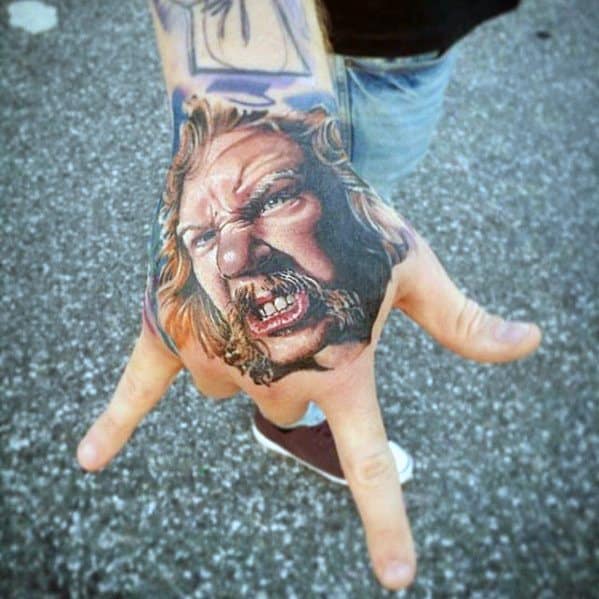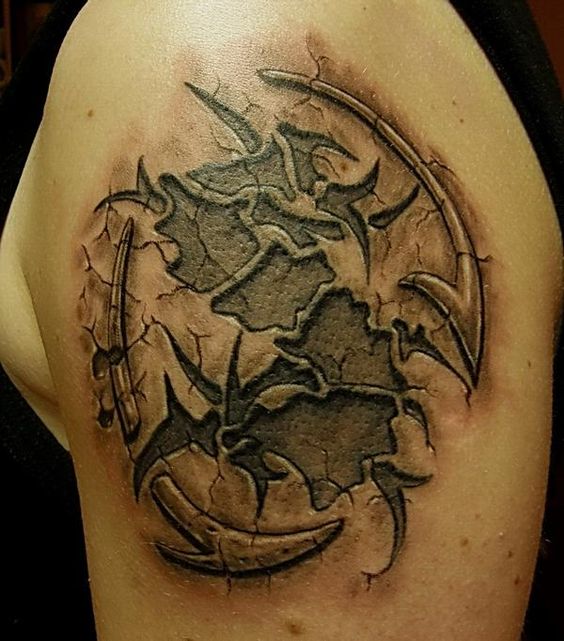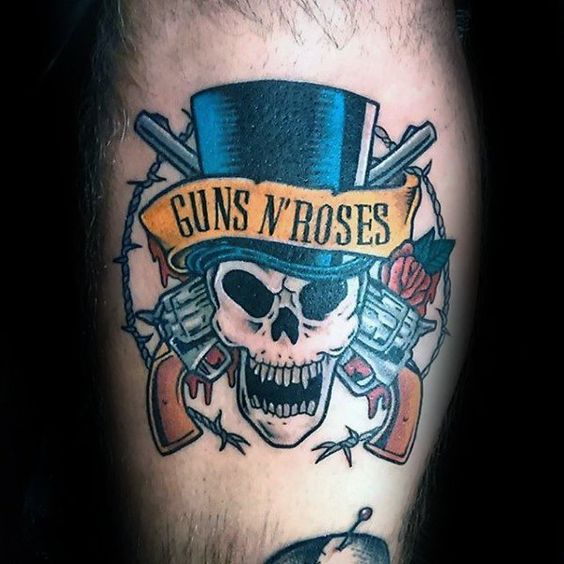Understanding facts about tattoos begins with their history. The term “tattoo” originates from the Polynesian word “ta,” meaning to draw, or the Tahitian “tatau,” signifying to mark. Explorer James Cook first documented this word in 1769.
Experts have found evidence of tattoos dating back 5200 years on an ice man’s body, displaying 57 tattoos. Similarly, Egyptian mummies from around 2000 BC bore tattoos. Historians debate these tattoos’ purposes, ranging from amulets to protections against diseases.
The Greek historian Herodotus described a king who ingeniously used tattoos for sending secret messages. He would tattoo a message on a messenger’s shaved head and wait for the hair to grow back before sending him off. Once the message reached its destination, the messenger would tragically meet his end.
History shows forced tattooing for identification, with the most harrowing example being the Nazi concentration camps during the Holocaust.
The meaning of tattoos
Exploring facts about tattoos reveals diverse meanings across cultures and times. In ancient Rome, tattoos marked slaves and criminals. In contrast, Maori women in New Zealand used face tattoos to hide aging signs. The Mantavej tribe of Sumatra’s west coast tells stories through full-body tattoos. In Mali, African tribal tattoos signify major life events.
Renowned tattoo artist Scot, Sutherland Macdonald, has inked notable figures like Emperor Nicholas II and Winston Churchill’s mother. Sam O’Riley revolutionized tattooing in 1892 by automating the process, a significant fact about tattoos’ evolution.
Records in tattooing include a 43-hour session in Australia and individuals like Julia Gnus and Lacky Diamond Rich, who have almost their entire bodies tattooed.
Sailors have a rich tattoo tradition, with each design symbolizing different meanings. Similarly, Briton Richard Ashton expressed his patriotism with a passport tattoo on his back, and American George C. Reiger Junior adorned his body with over a thousand Disney character tattoos.
Conclusion
In conclusion, facts about tattoos showcase a rich tapestry of cultural significance, historical uses, and personal expressions. Whether admired or disliked, tattoos undoubtedly hold a unique and enduring place in human culture.
